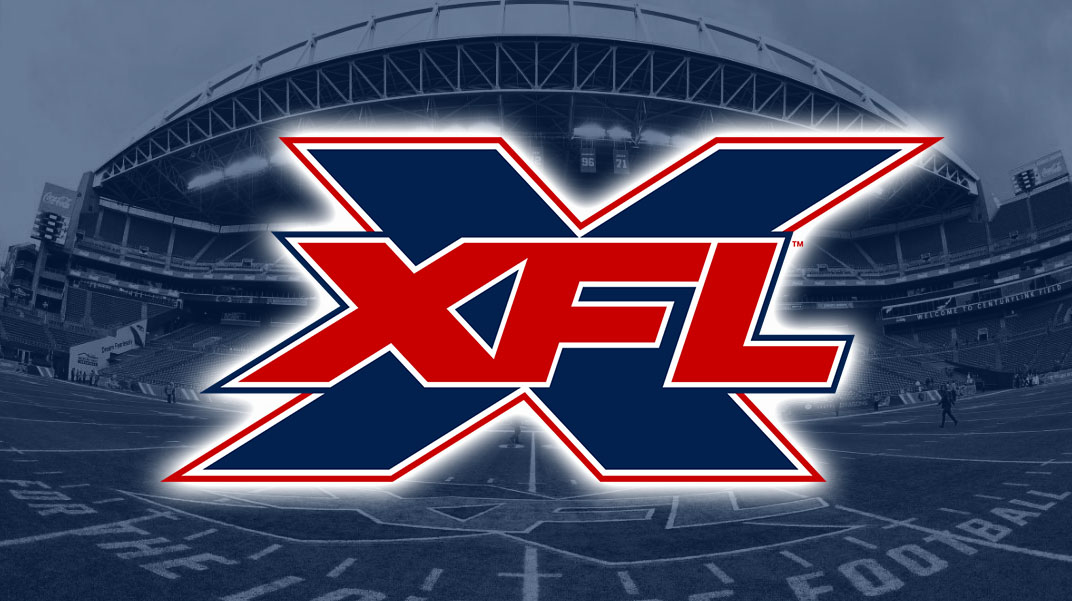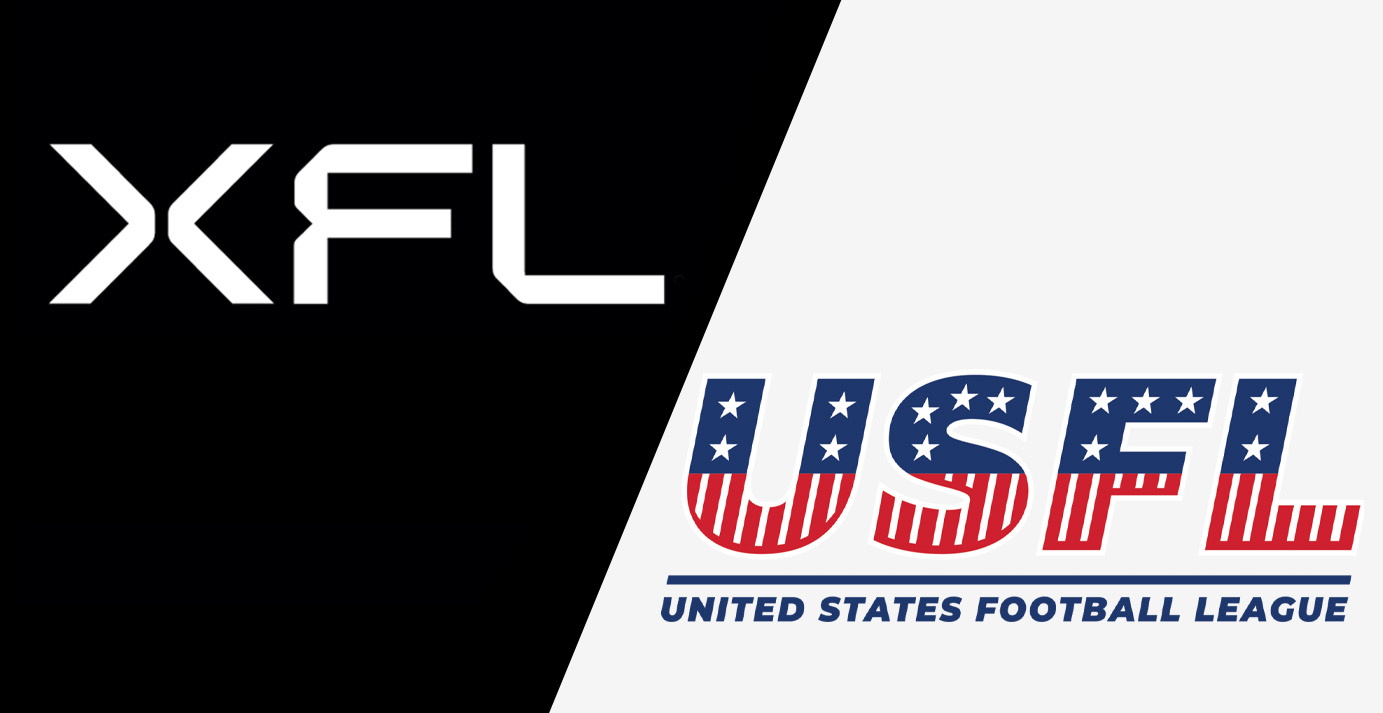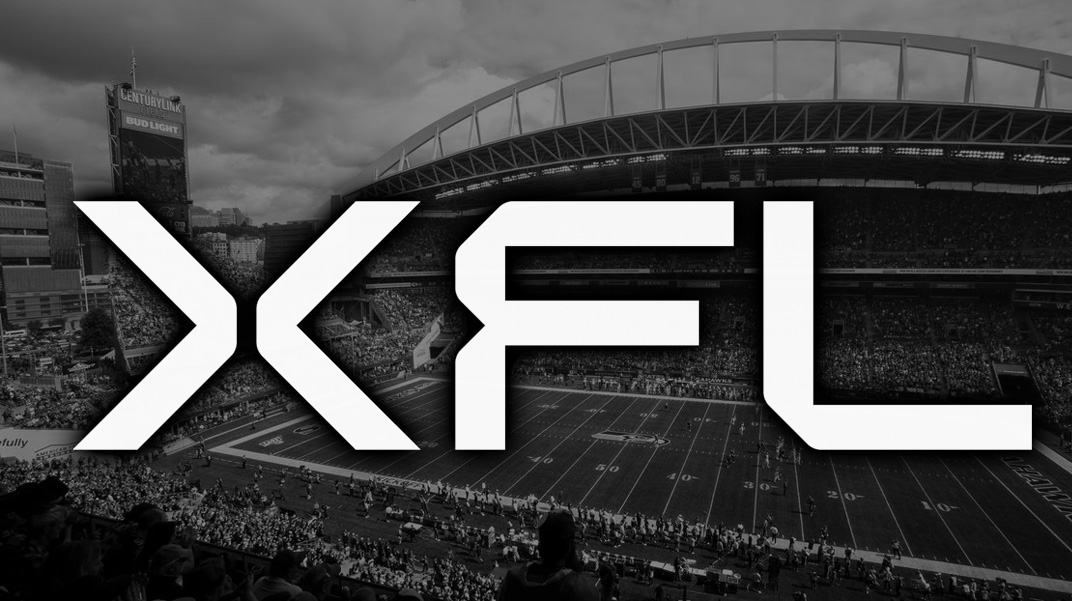
The leap from playing college football to the pros crushes the dreams of so many players. On April 3rd, The NCAA released its research report on the estimated probability of their athletes competing in pro sports. In regards to football, using data from 2018, only 1.6 percent of the 16,346 draft-eligible NCAA football participants made it into the NFL. 256 of these players were drafted, and a few hundred were signed onto NFL teams as undrafted free agents, with the potential of making an NFL roster in the summer. Other players were brought into NFL rookie camps with an opportunity to latch on, but the overwhelming majority of these players didn’t make those teams.
We are talking about talented young football players, many of whom have dedicated their entire youth to the game. Thousands of them every year that made the journey from high school football into college. For many, that journey ends when their college playing days are over. More than ninety-eight percent end up seeing their dreams of becoming a pro-football player die.
Football fans are excited that the NFL Draft is less than two weeks away. It’s one of the most exciting periods for College football programs, for all thirty-two NFL teams, and the fans that follow them. It’s a week that celebrates college and pro football. Over a three-day period, these entities combine for a celebration, where players achieve their dreams by graduating into the pros. If you take a step back and take a 30,000 foot view, lost in the celebration is how the vast majority of college football players are having their dreams crushed at the same time.
It’s the reality of sports and the numbers game. On the flip side, and at the same time that 254 players are being drafted into the NFL, current NFL veterans on the NFL 90-player rosters have to worry about losing their jobs and careers because a whole new group of young players are coming into the league. There are only so many spots available. The average NFL career went down last year to a shade under four years. This is a combination of injuries involved with the sport, but also the constant turnover with rosters. There are so many players in their mid to late twenties that don’t get to see their second contracts, let alone their third. Getting into the NFL is extremely difficult, and then staying in is just as hard.
All these factors are why anyone that loves football and the players, should be rooting for non-NFL pro-football leagues to exist and thrive. With the AAF’s demise, in what now feels like a really slow and miserable death, one of the avenues to continue on as a pro-football player is no more. With each day, the stories get exceedingly worse. Over a thousand employees lost their jobs, not to mention all the people who benefitted from the league’s existence, like workers at venues and local businesses. The biggest victims however are the players. For many of the executives and office workers, their careers are not over. The path is difficult, but there’s still a chance for their professional careers to continue. The football players themselves, are the true human capital for all these leagues. Without them, these leagues don’t exist or thrive. Football players have always been the human capital for NCAA football and for the NFL. There is a very small window for pro-football players to have careers. For some it ends in their twenties, and for others who are extremely lucky, in their thirties. You can be a sports executive or work in a front office until you are in your sixties, but that’s not the case for any football player who wants to continue their professional career. Time is not their friend. The countdown clock on their careers starts ticking immediately once they step on the field.
On the bright side of the AAF’s demise, as of press time, forty-nine AAF players have signed on to be a part of 90-player rosters in the NFL. That’s more than ten percent of the league’s players. It’s evidence as to why there should be more than one pro league in the United States. Not all of these players will make it onto NFL rosters or practice squads, come September’s huge 864 player cut down day, but getting game time in the AAF helped them get another chance. Some were talented enough to potentially get another shot without the AAF, but there’s no question that playing in that league helped them. 416 players all put their faith into the AAF by signing three-year non-guaranteed contracts. These contracts only allowed them to leave the league for an NFL opportunity. Unfortunately, over 300 of them are currently being prohibited from pursuing their pro playing careers outside of the NFL. Great leagues like the CFL, which has carved out its own niche and stood the test of time, are not being allowed to open the door for players to continue their pro-playing careers. Over 80 plus percent of the AAF’s 416 players will not even have a chance to play in the NFL this year. Some of the current 49 players that latched on to NFL squads, will make the league. Some won’t. These leagues exist for the betterment of football and its players.
Even the original XFL back in 2001, had several players go on to have NFL careers. Names like Tommy Maddox, Rod ‘He Hate Me’ Smart, Paris Lenon, Kevin Swayne, Bennie Anderson, Kelly Herndon, Mike Furrey, Corey Ivy, Steve Gleason, Kevin Kaesviharn, Jose Cortez, and over a dozen more all made NFL rosters, and had extended pro-playing careers, as a result of playing in the XFL. A good number of the XFL’s players that didn’t make NFL rosters after the league folded, ended up in the CFL and the Arena League. Players like Bobby Singh ended up having the distinction of winning an NFL Championship, a Grey Cup championship and an XFL Championship. There are several other success stories from the league. Players that are currently coaches in the NFL, and two starting XFL Quarterbacks are now in the college ranks: Jeff Brohm with Purdue and Tim Lester with Western Michigan. These leagues provide a gateway and an avenue for football careers to continue and survive.
Is the current XFL our final hope for a non-NFL pro league? For a long time, it appeared as if the winners of a spring pro football battle between the XFL and AAF would be the players, with both leagues employing nearly a thousand of them at the same time. With that possibility gone. the XFL, for now, is left standing. So many of these leagues have died. The odds are heavily against the XFL standing the test of time and defeating history, despite the immense amount of capital invested by the founder, who is also the funder. This is a key point that ultimately killed the AAF. Over 80 percent of all startup businesses fail. One of the central themes for them failing is that the founders aren’t the funder. They scramble for investors to buy in to something that they are not emotionally invested in. The founder may be emotionally and spiritually invested, but without the proper funding, the founders company dies.
Make no mistake about it, and while most don’t want to admit it, the XFL existing is great for the sport of football, but more importantly for the players. While the league continues to add to its football operations side, with the upcoming Team President and Head Coach hire in New York this Tuesday, it’s the players that will ultimately decide whether the league is viable. When most of the detractors of these types of leagues take shots at the talent level. We should just shrug it off and forgive them for their ignorance. The 1.6 percent of all college football players that make the NFL is what makes that league the greatest level of football talent on the planet. While there is no denying that the NFL is the absolute pinnacle of football talent and players, that doesn’t mean there are not any more players who are capable of playing good pro-football. It just means that there isn’t enough room for all of them.













Fantastic article. Great read.
Not big on social media or posting comments but this is an excellent write-up. Well done.